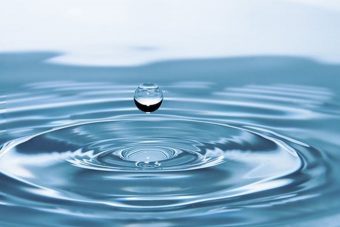
A solar-powered purification system could slake the thirsts of rural India with clean drinking water for the first time. This would be no ordinary feat. Tens of millions of people in India lack access to potable water, and roughly 600,000 Indian children die every year from water- and sanitation-related diseases like diarrhea or pneumonia, according to UNICEF. In the country’s most far-flung regions, where 70 percent of India’s population lives, toxic bacteria routinely fouls at least half of the water supply. But while the Indian government has focused its efforts on treating surface water in rivers and streams, researchers from the University of Edinburgh in Scotland want to attack the source of contamination: sewage.
They’ve developed a system that uses sunlight to induce high-energy particles within a photocatalytic material, which uses light to generate a chemical reaction. These, in turn, activate molecules of oxygen, mobilizing them to destroy bacteria and other organic matter.
Because the materials require no power source, an off-grid system requires little more than attaching the photocatalyst to containers of contaminated water and angling them toward the sun until they’re safe to drink. If necessary, the system could be used in tandem with a filter to catch larger particles.
The researchers are now working with the Indian Institute of Science Education & Research to scale up the technologies they honed during a five-month pilot project.
“Working closely with our Indian partners, we aim to harness the sun’s energy to tackle a huge problem that affects many people around the world,” Neil Robertson, a professor from the University of Edinburgh’s School of Chemistry, said in a statement.
Source: inhabitat.com



